- myFICO® Forums
- FICO Scoring and Other Credit Topics
- Understanding FICO® Scoring
- Re: 6% overall utilization.
- Subscribe to RSS Feed
- Mark Topic as New
- Mark Topic as Read
- Float this Topic for Current User
- Bookmark
- Subscribe
- Mute
- Printer Friendly Page
6% overall utilization --> 7 point bump
Is your credit card giving you the perks you want?
Browse credit cards from a variety of issuers to see if there's a better card for you.
- Mark as New
- Bookmark
- Subscribe
- Mute
- Subscribe to RSS Feed
- Permalink
- Report Inappropriate Content
Re: 6% overall utilization.
Right. I don't anticipate him being able to replicate the test as he did suggest earlier, just that if he were able to it would just aid in his experiment on his profile being all the more conclusive. I tend to be of the belief that this sort of thing is in fact quite profile specific. If it wasn't, I feel we'd have tons of people reporting such a threshold. I mean, if 8.9% was easily identified, 6% (or any percentage sub-8.9%) would only be easier to test due to less dollars being involved. I know I've taken my aggregate utilization from 1% to 4% to 7% to 3% etc. and never saw any score movement, so on my profile I would say 6% is not a threshold. I guess my overall point here is that if others (like myself) were to test the proposed 6% aggregate utilization threshold point and saw no score change, it doesn't disprove SJ's test, only that the result isn't universal to all profiles.
- Mark as New
- Bookmark
- Subscribe
- Mute
- Subscribe to RSS Feed
- Permalink
- Report Inappropriate Content
Re: 6% overall utilization.
Update:
According to EX:
Between 12/8 and 12/9 EX FICO 8 gave back 7 points
1 account went from 2% to 27%
Overall utilization went from 6% rounded to 7% rounded
No change in Auto 8, Bankcard 8, or FICO 2.



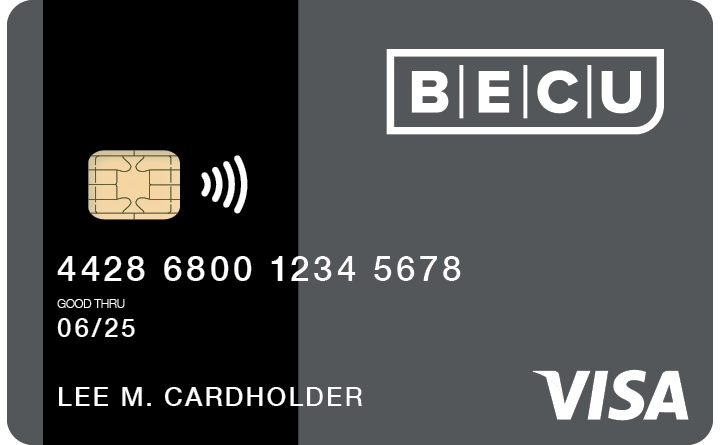


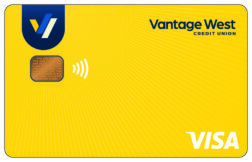












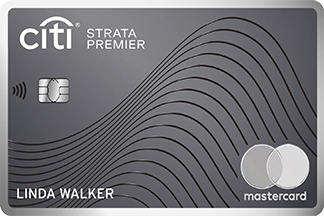
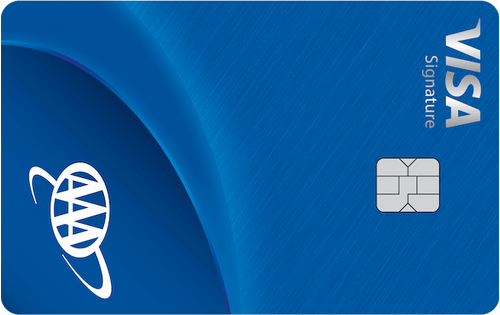

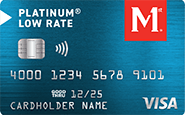



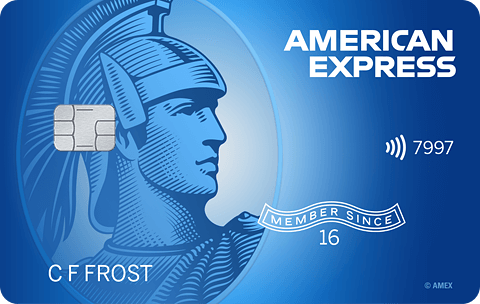




Total revolving limits 568220 (504020 reporting) FICO 8: EQ 689 TU 691 EX 682
- Mark as New
- Bookmark
- Subscribe
- Mute
- Subscribe to RSS Feed
- Permalink
- Report Inappropriate Content
Re: 6% overall utilization.
I would suggest trying this with aggregate utilization crossing at something like 7%, or 4%, with the similar range of single account utilization change, low single digits to high 20%.
Oct 2014 $46k on $127k 36% util EQ 722 TU 727 EX 727
April 2018 $18k on $344k 5% util EQ 806 TU 810 EX 812
Jan 2019 $7.6k on $360k EQ 832 TU 839 EX 831
March 2021 $33k on $312k EQ 796 TU 798 EX 801
May 2021 Paid all Installments and Mortgages, one new Mortgage EQ 761 TY 774 EX 777
April 2022 EQ=811 TU=807 EX=805 - TU VS 3.0 765

- Mark as New
- Bookmark
- Subscribe
- Mute
- Subscribe to RSS Feed
- Permalink
- Report Inappropriate Content
Re: 6% overall utilization.
As mentioned earlier in this thread, a similarly sized change upward, from 1% to 26%, in another account, about a week ago, didn't move the needle even a single point, where the overall utilization was a rounded 6%.































Total revolving limits 568220 (504020 reporting) FICO 8: EQ 689 TU 691 EX 682
- Mark as New
- Bookmark
- Subscribe
- Mute
- Subscribe to RSS Feed
- Permalink
- Report Inappropriate Content
Re: 6% overall utilization.
There is a stated bias in your approach to this. “I never see score changes in individual cards below 30%.”
In order to prove or disprove that, you need to list out all the changes over the last month, balance amounts and changes, CL on the card that changed and how that relates to overall balance changes vs overall limits.
Oct 2014 $46k on $127k 36% util EQ 722 TU 727 EX 727
April 2018 $18k on $344k 5% util EQ 806 TU 810 EX 812
Jan 2019 $7.6k on $360k EQ 832 TU 839 EX 831
March 2021 $33k on $312k EQ 796 TU 798 EX 801
May 2021 Paid all Installments and Mortgages, one new Mortgage EQ 761 TY 774 EX 777
April 2022 EQ=811 TU=807 EX=805 - TU VS 3.0 765

- Mark as New
- Bookmark
- Subscribe
- Mute
- Subscribe to RSS Feed
- Permalink
- Report Inappropriate Content
Re: 6% overall utilization.
Outside of a few random examples (AU card, card with an enormous $70k+ CL, etc) why would the card SJ is using matter in this example.
What I mean is if he had 1 card cross over a threshold in 1 direction (say, 28.9%) and a different card cross over the same threshold in the other direction, keeping aggregate utilization constant (by definition meaning dollars didn't change) why would the card in question assuming it "counts" by the algorithm be a variable?
For example, the two cards in question have $10k limits. One goes from $3500 reported to $2500, where the other goes from $2500 reported to $3500. The same threshold is crossed and aggregate utilization remains the same.
- Mark as New
- Bookmark
- Subscribe
- Mute
- Subscribe to RSS Feed
- Permalink
- Report Inappropriate Content
Re: 6% overall utilization.
@Anonymous wrote:Outside of a few random examples (AU card, card with an enormous $70k+ CL, etc) why would the card SJ is using matter in this example.
What I mean is if he had 1 card cross over a threshold in 1 direction (say, 28.9%) and a different card cross over the same threshold in the other direction, keeping aggregate utilization constant (by definition meaning dollars didn't change) why would the card in question assuming it "counts" by the algorithm be a variable?
For example, the two cards in question have $10k limits. One goes from $3500 reported to $2500, where the other goes from $2500 reported to $3500. The same threshold is crossed and aggregate utilization remains the same.
All your examples are not relevant to the discussion. None of them would fit into the discussion so far, unless it is data not yet revealed.
Go back and read post 63.
Oct 2014 $46k on $127k 36% util EQ 722 TU 727 EX 727
April 2018 $18k on $344k 5% util EQ 806 TU 810 EX 812
Jan 2019 $7.6k on $360k EQ 832 TU 839 EX 831
March 2021 $33k on $312k EQ 796 TU 798 EX 801
May 2021 Paid all Installments and Mortgages, one new Mortgage EQ 761 TY 774 EX 777
April 2022 EQ=811 TU=807 EX=805 - TU VS 3.0 765

- Mark as New
- Bookmark
- Subscribe
- Mute
- Subscribe to RSS Feed
- Permalink
- Report Inappropriate Content
Re: 6% overall utilization.
Not much to read there, other than you referencing a utilization swing on SJ's card in question. He's already mentioned that he's had similar utilization swings on other cards... which brings me back to the question in my post above. Why does the utilization on this specific card matter to you when he's already had similar swings on other cards. Again, this is assuming that the other cards don't have anything special going on with them like AU accounts, enormous limits, etc.
- Mark as New
- Bookmark
- Subscribe
- Mute
- Subscribe to RSS Feed
- Permalink
- Report Inappropriate Content
Re: 6% overall utilization.
@NRB525 wrote:
@Anonymous wrote:Outside of a few random examples (AU card, card with an enormous $70k+ CL, etc) why would the card SJ is using matter in this example.
What I mean is if he had 1 card cross over a threshold in 1 direction (say, 28.9%) and a different card cross over the same threshold in the other direction, keeping aggregate utilization constant (by definition meaning dollars didn't change) why would the card in question assuming it "counts" by the algorithm be a variable?
For example, the two cards in question have $10k limits. One goes from $3500 reported to $2500, where the other goes from $2500 reported to $3500. The same threshold is crossed and aggregate utilization remains the same.
All your examples are not relevant to the discussion. None of them would fit into the discussion so far, unless it is data not yet revealed.
Go back and read post 63.
BBS, all your evamples in the post above cross 30%.
Not a single one of SJ individual card movements approached 30 %.
Your comments in these examples are not relevant because they cross accepted score triggers.
What SJ originally proposed is that individual card movement from high 20’s to single digits was not the source of the score change, but rather crossing of a new 6% aggregate utilization trigger point. Crossing over 30% on an individual card is not relevant to the discussion.
Oct 2014 $46k on $127k 36% util EQ 722 TU 727 EX 727
April 2018 $18k on $344k 5% util EQ 806 TU 810 EX 812
Jan 2019 $7.6k on $360k EQ 832 TU 839 EX 831
March 2021 $33k on $312k EQ 796 TU 798 EX 801
May 2021 Paid all Installments and Mortgages, one new Mortgage EQ 761 TY 774 EX 777
April 2022 EQ=811 TU=807 EX=805 - TU VS 3.0 765

- Mark as New
- Bookmark
- Subscribe
- Mute
- Subscribe to RSS Feed
- Permalink
- Report Inappropriate Content
Re: 6% overall utilization.
I was just throwing a number out there for the sake of discussion and you're getting hung up on 30% for no reason, completely missing my point. Whether I said 30% or 9% or 89% (or any other believed threshold point) is irrelevant. The point is that what he's done with the one card he's already done with other cards and hasn't seen a score change related to the individual card. That being said, again I ask, why would the card itself matter?